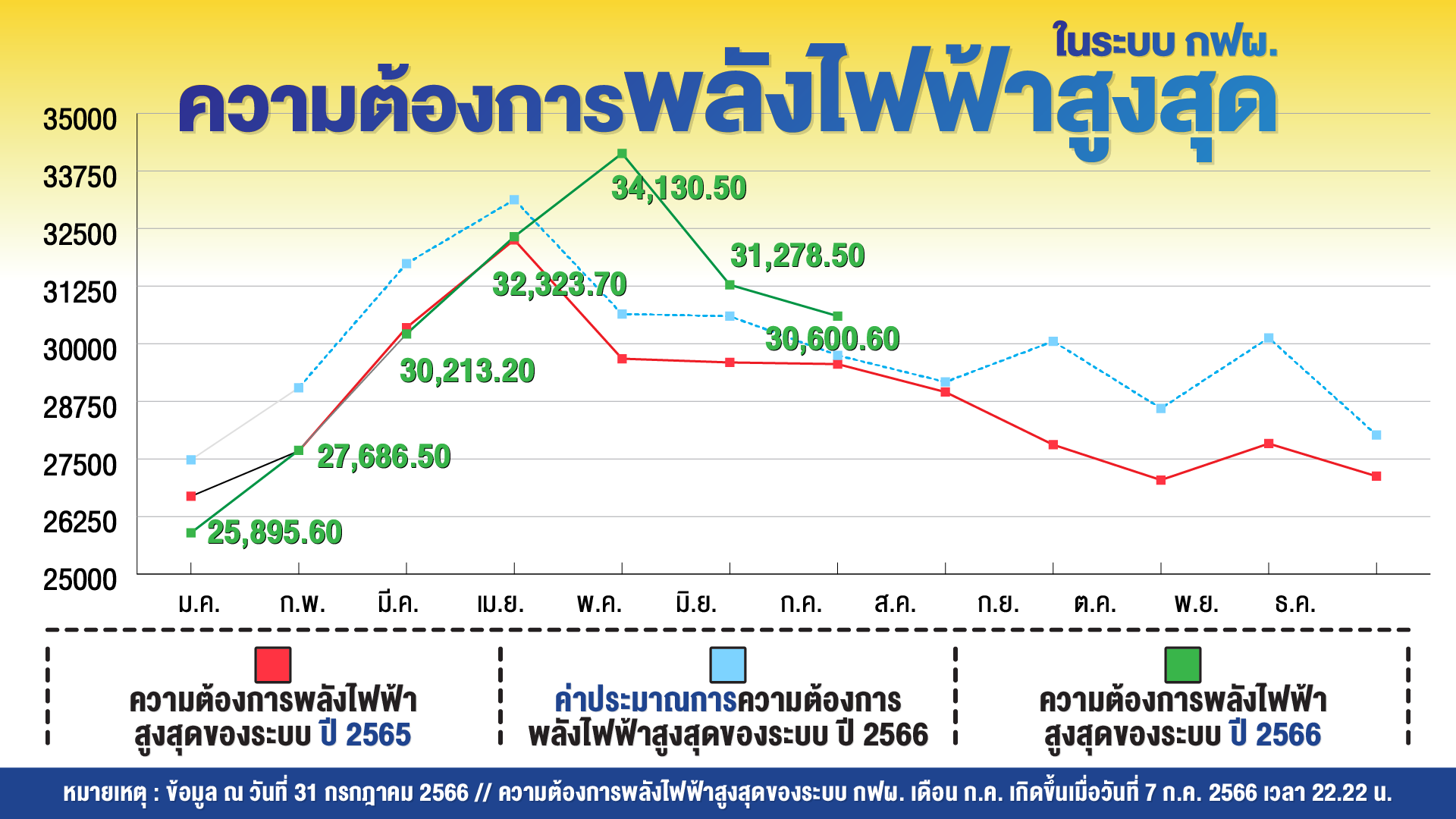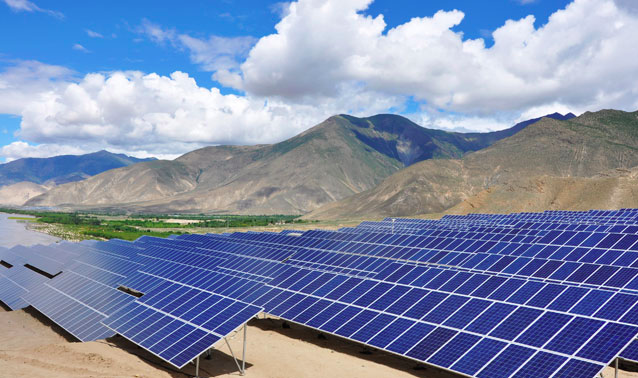Philippines sees slow take up of renewable energy
Raul Dancel for The Straits Times, part of the Climate Publishers Network
Thursday 18 June 201510.59 BST
High cost and mismatch in demand and supply makes country reliant on fossil fuels despite setting a goal to have half its energy needs met by renewables, reports The Straits Times
Leandro Legarda Leviste, president of Solar Philippines, with Philippines’ energy secretary Jericho Petilla at the inauguration of the 700-kilowatt solar roof over Central Mall in Binan. Photograph: Solar Philippines
Leandro Leviste, 21, has taken leave from university to start a solar panel company – so much does he believe in the future of renewable energy in his country, the Philippines.
He started the company in August 2013 and has been installing solar panels on the roofs of the country’s biggest shopping malls, the SM chain owned by retail tycoon Henry Sy.
Leviste’s belief in renewables has to do with the country’s ambition to make them account for half of its energy mix by 2030, when demand for energy is forecast to exceed 30,000MW, more than twice today’s 12,000MW.
This ambition is fuelled by two key needs – energy security and costs – according to a report from the World Resources Institute, a non-profit research group.
The Philippines imports most of its coal, oil and gas, driving up costs and making it dependent on foreign suppliers for its needs.
Leveraging on its geological assets, the Philippines has strong capacity in hydropower and geothermal power, which together make up 5,274MW of its total capacity of 16,163MW, or about 30% of the total. (The country has 13,000MW of dependable capacity at any time, which can barely keep up with peak demand.)
But other renewable energy sources, such as wind, solar and biofuel, make up only 117MW of the total, indicating great potential for growth.
But things have been slow to move. Despite a law passed in 2008 to encourage higher use of renewables, there was an increase of only 118MW in renewable energy capacity to 5,391MW from 2007 to 2011.
Michael Guarin, an alternative energy consultant, said in a paper commissioned by Amsterdam-based KPMG Global Energy Institute that a key problem is that renewable energy does not yet offer as much “bang for the buck” as fossil fuels.
Power plants that use renewable energy cost more to build than those that burn coal, oil or natural gas.
Renewable energy is also more expensive to produce now – although it is expected to get cheaper with critical mass and better technology – making it a political issue in a nation where a large part of the population can barely put food on the table and where the cost of electricity is already the sixth highest in the world.
This, together with other reasons, make it certain that the Philippines will continue to rely heavily on fossil fuels for its energy needs, even as it tries to encourage the use of renewables.
First, there are pragmatic considerations, as seen in a 600MW coal-fired plant commissioned in 1998, which has been the lifeline of Masinloc, a sleepy fishing town 155 miles north of Manila.
Its owner pays about 150 million pesos (£2.1m) a year in taxes and it provides thousands of jobs. By contrast, renewable energy plants now require tax breaks and they usually do not hire many people.
Another consideration is that, as the economy expands, the country’s energy requirement spikes at a rate that is difficult for renewables to fulfil.
For example, the grid on Luzon, the country’s largest island and most important economically, has an installed capacity of 11,805MW for its more than 44 million people, compared with Singapore’s 12,521MW for a population of under six million.
But as many of the plants are old, during the dry months from March to May when hydropower capacity drops, some plants cannot cope with higher output and break down, so the grid’s output dwindles to 8,300MW just when demand peaks at 9,500MW. People and businesses have to cope with rotating blackouts during this period. In the long term, the situation prevents power-intensive industries from expanding.
“We cannot do away with fossil fuels, at least not in our lifetime. The demand (for energy) is still increasing ... That’s why we still have to accommodate coal,” said Mario Marasigan, head of the energy ministry’s renewable energy management bureau.
To cope with the increasing demand, the government has awarded 31 new contracts to build coal-fired power plants, while 17 more are being negotiated. The goal is to add another 5,000MW of electricity from fossil fuels.
As for renewables, from 2008 to 2012, the energy ministry approved contracts for projects that promised 5,600MW for a total of about 11,000MW, well short of the 15,000MW envisioned. Despite efforts from the likes of Leviste, the Philippines may miss its 2030 target for renewables.
Source: The Straits Times © Singapore Press Holdings Limited




